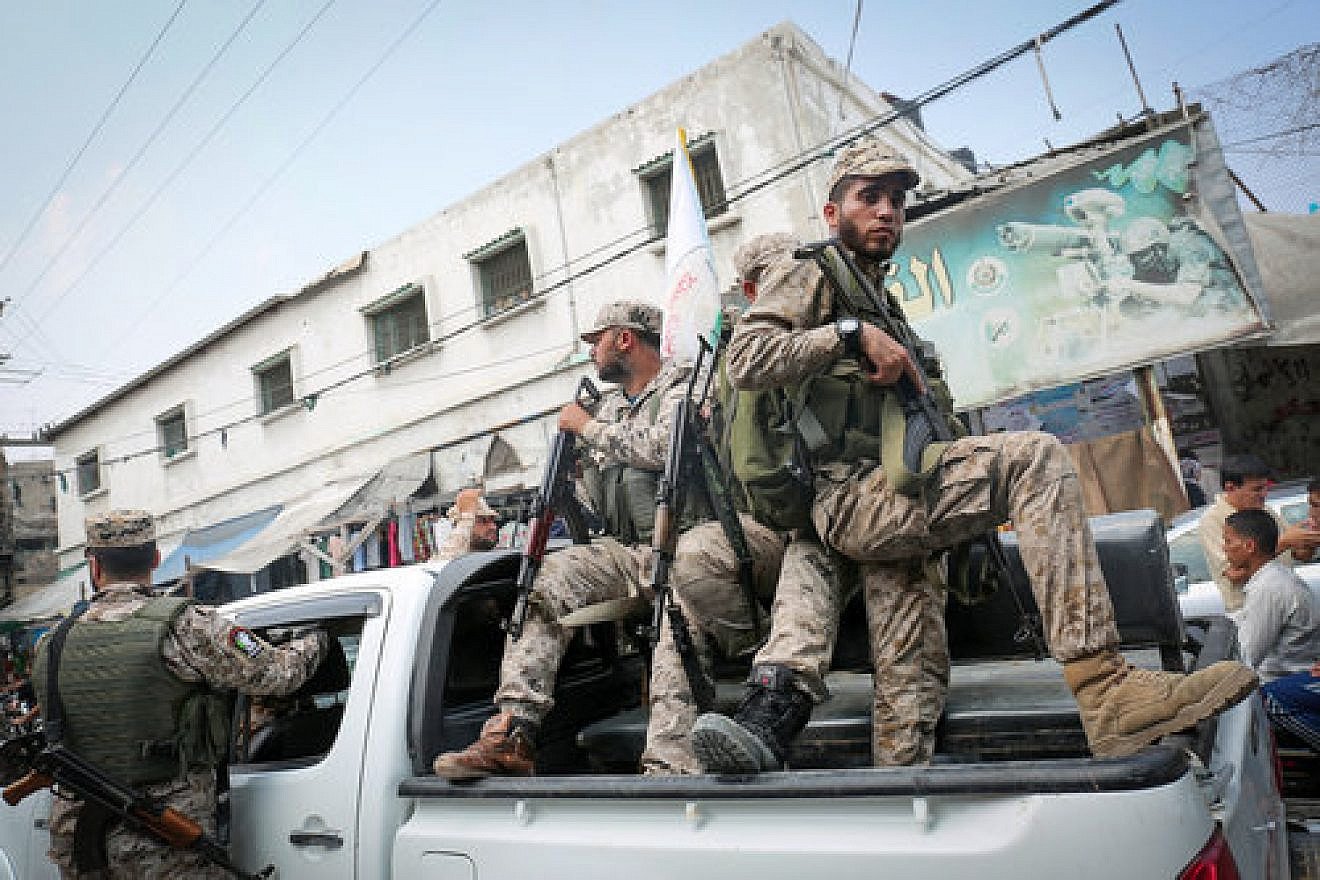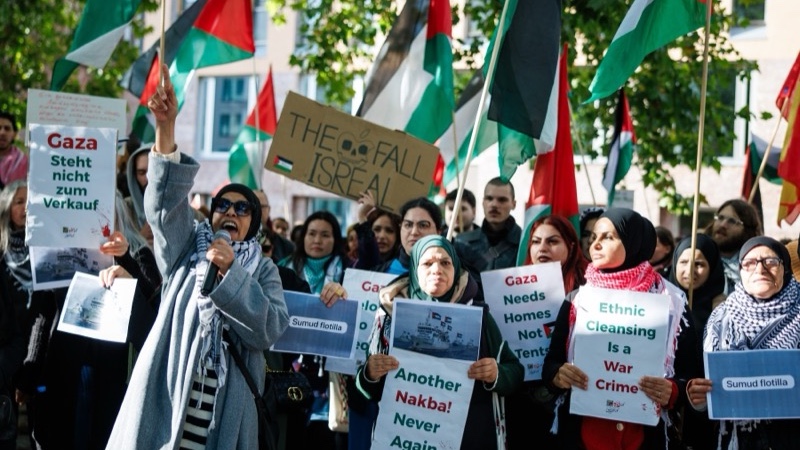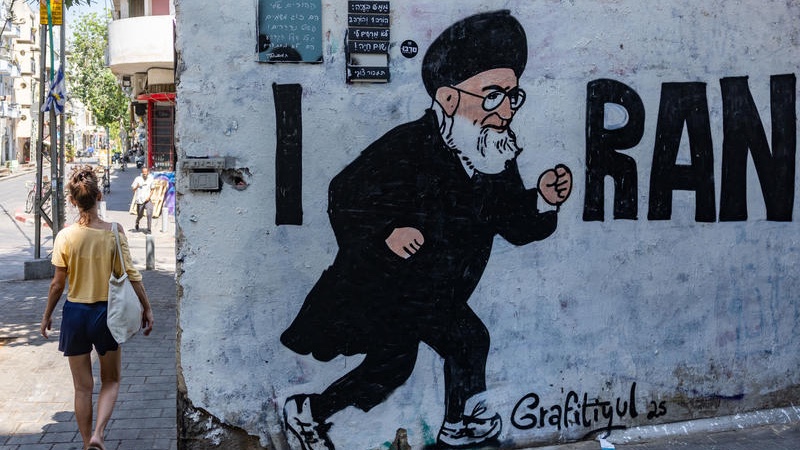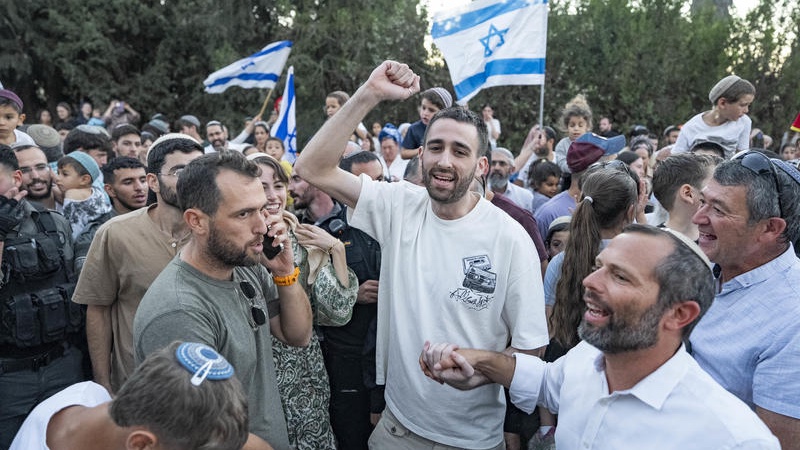(Jerusalem Center for Security and Foreign Affairs) The recent release of the remaining surviving Israeli hostages has ushered in a moment of national relief, fragile hope, and also immense risk. U.S. President Donald Trump’s 20-point plan presents both a historic opportunity and a critical test for Israel, the United States, and its allies.
The plan, if strategically implemented, could become the foundation for genuine medium- and long-term stability in Gaza and the broader Middle East region.
Trump’s success in coalescing many Arab and Muslim countries around his 20-point plan for stability, peace and prosperity is unprecedented in the history of the modern Middle East. It should be emphasized that the plan passed its first test in the one-time release of all 20 remaining living hostages kidnapped by Hamas and other jihadi terror groups from Israel on Oct. 7, 2023.
However, the remaining 19 points of the Trump plan will only have the chance of successful implementation if it is backed by explicit American commitment reflecting Trump’s declared peace-through-strength principle, guaranteeing its public support for Israel’s right to enforce the Trump plan and respond militarily to Hamas violations.
Otherwise, the Trump plan will constitute a one-time hostage release, but will not progress to stage two guaranteeing Gaza’s demilitarization and rehabilitation led by non-Hamas and non-Palestinian Authority international forces.
Former IDF Chief of Staff Lt. Gen. (res.) Gadi Eizenkot on Oct. 20 sharply criticized the plan’s call for international forces on the ground in Gaza, noting it would limit Israel’s freedom of action to enforce the agreement. He called on Prime Minister Benjamin Netanyahu to uphold the cardinal principle that “security responsibility in the [Gaza] Strip must remain in Israel’s hands,” while agreeing that economic and structural rehabilitation can be upheld by moderate Arab countries.
A framework with promise—and danger
It comes as no surprise that Hamas is the central obstacle to the Trump plan. It should be emphasized that Hamas, as a jihadist organization bent ideologically and driven religiously to Israel’s destruction as reflected in its 1988 Charter, will not voluntarily relinquish its weapons.
This terrorist organization, an ideological precursor to Al-Qaeda, is not a conventional political actor and has expanded its operation to include diplomatic, financial and media jihad beyond its terror activities in Gaza, Judea and Samaria, to other parts of the Middle East, including Syria, Lebanon and Turkey.
Hamas politburo member Muhammad Nazzal called for a five-year hudna (“truce”) to buy time to control and oversee the rehabilitation of Gaza that would include $70 billion from the international community. This poses a great challenge to the Western understanding of “ceasefire,” which it views as an interim waystation to a peace agreement that Hamas has no intention of fulfilling.
U.S. Vice President JD Vance’s statement, “We don’t even have the security infrastructure in place” to disarm Hamas, proves the inherent strategic flaw in Trump’s 20-point plan, which rests on the assumption that international and Arab security forces will disarm Hamas and ensure the demilitarization of Gaza.
Hamas’s apparent willingness to step down as Gaza’s governing authority is a deceptive maneuver that concedes its public role and instead reverts to its DNA: operating as an invisible, clandestine network that aligns with its Muslim Brotherhood ideology and strategy.
The Trump-proposed Egyptian-led international force to enforce the 20-point plan carries great risks, as Hamas will likely sabotage the forces with insurgent tactics reminiscent of the Iranian regime-backed Iraqi Shi’ite terror group attacks on U.S. forces in Iraq, after the U.S. invasion.
Hamas’s transition from above-the-radar military/terror and governing power to a below-the-radar “ghost” jihadi network poses a greater long-term threat than the Islamist group’s current exposed position, enabling it to embed deeper into society, influence elections and manipulate any future government without the liabilities of public administration.
World leaders, including Trump, risk being misled by surface-level disarmament gestures (influenced and orchestrated by Turkey and Qatar, Muslim Brotherhood governments that are ideologically aligned with Hamas).
The problem Israel faces now is that with the U.S.’s first-ever direct negotiations with Hamas—tantamount to negotiating directly with Al-Qaeda or ISIS—constitutes a de facto designation of the terror group as a legitimate political actor against whom it becomes more prohibitive for Israel to take military action in response to political violence and terror.
The critical role of the United States
Only the U.S. possesses the diplomatic reach, strategic leverage and credibility necessary to enforce this agreement’s provisions. American backing must be explicit, measurable and continuous—not limited to declarations of intent.
For Israel, such U.S. involvement provides operational depth and international legitimacy, ensuring that our defensive actions are viewed not as unilateral initiatives but as part of a coordinated, rules-based framework.
Phase B of the agreement, which envisions international oversight and a gradual shift from military stabilization to civilian reconstruction, will stand or fall on Washington’s resolve. Without American enforcement–in coordination with Israel and regional partners, Hamas will exploit every gap to reconstitute its terror infrastructure.
The Turkey-Qatar factor
Beyond Gaza’s borders, two regional actors—Turkey and Qatar—present an ongoing challenge. Both states have positioned themselves as mediators, yet their financial and political patronage of Hamas continues under opaque conditions. Their support often flows through charitable fronts and reconstruction initiatives that mask the rebuilding of terror capacities.
Any genuine implementation plan must include transparency and verification mechanisms that expose and restrict such covert assistance.
Three strategic pillars for success
To transform the Trump framework from aspiration into action, I propose a policy anchored on three interconnected pillars:
Diplomatic and security sacking from the U.S. The U.S. should lead a coalition of regional and global partners committed to enforcement. Any breach of the agreement—whether by weapons smuggling, missile testing or financial support for Hamas—must trigger a coordinated diplomatic and, if necessary, military response.
Robust monitoring and oversight. Israel and its allies must deploy cutting-edge technological systems and trained personnel to monitor Gaza’s borders, crossings and key logistical hubs. Oversight should be continuous, data-driven and internationally verifiable. The goal is to prevent the inflow of weapons and dual-use materials while ensuring that humanitarian aid reaches civilians rather than militants.
Economic and social development for deradicalization. Long-term stability depends not only on disarmament but also on addressing the roots of radicalization. Investments in education, healthcare, infrastructure and employment can create alternatives to extremism.
Saudi Arabia, Bahrain, the United Arab Emirates and Morocco serve as good examples of governments that have reformed educational curricula and partly the public discourse. Programs promoting civic identity, religious moderation and vocational training must be prioritized. The more Gaza’s youth see opportunity in life rather than martyrdom, the weaker Hamas’s grip will become.
Calibrated deterrence and response
A key question remains: How should Israel respond to violations of the agreement? Deterrence must be calibrated, disciplined and strategically communicated.
Failure to respond decisively invites further violations. Yet overreaction risks alienating allies and eroding Israel’s moral and diplomatic capital.
This doctrine of “measured enforcement” allows Israel to defend its security interests while maintaining its standing in the international arena. It underscores that our actions are not impulsive but grounded in law, necessity and a shared pursuit of peace.
Disarmament as an ongoing process
Disarming Hamas cannot be achieved overnight. It will require a multi-phase process integrating security operations, intelligence cooperation and civilian reconstruction. Controlled dismantling of militias, technological and human monitoring of aid, and transparent regional oversight must progress in tandem.
The U.S., Egypt and moderate Arab states, in particular Saudi Arabia, Bahrain and the UAE, can play decisive roles in supervising these stages. Their involvement includes sidelining Turkey and Qatar as key actors in involvement in stage two of the plan. Egypt must also be peeled away from the Turkey-Qatar axis and be embraced by the U.S. and the more amenable Gulf coalition.
Beyond ceasefire: Toward sustainable stability
Ultimately, the true measure of success will not be the absence of rockets but the presence of stability—a Gaza that is demilitarized, economically viable and governed by pragmatic leadership rather than ideological militancy.
We must resist the illusion that goodwill alone can disarm a jihadist entity. Only through constant exposure of Hamas’s terror, deception and disinformation, and enforcement of measures to confront and deter its malign behavior can Israel and its allies secure a sustainable future for Gaza and the broader region.
The Trump–MBS–Netanyahu vision for the Middle East: A strategic realignment
The convergence of U.S., Saudi and Israeli strategic interests during Trump’s first presidency paved the way for a transformative vision in the Middle East. This alignment, championed by Trump, Crown Prince Mohammed bin Salman and Prime Minister Benjamin Netanyahu, was rooted in pragmatic, transactional diplomacy rather than ideological dogma. It was designed to realign regional alliances, counterbalance Iranian influence and promote economic modernization, even if that meant sidelining traditional liberal democratic norms in favor of achieving stability and national interest.
Conclusion
The Trump–MBS–Netanyahu vision for the Middle East was borne of a confluence of strategic imperatives rather than ideological purity. By prioritizing security cooperation, economic modernization and the realignment of regional alliances, this vision has redefined traditional geopolitics in the region.
Its legacy—evident in the containment of Iranian influence, the acceleration of Arab-Israeli normalization efforts and the pursuit of ambitious economic reforms—will continue to shape the diplomatic and economic contours of the Middle East long after the Trump era. The ongoing influence of this vision is likely to persist as regional players navigate a complex and transforming geopolitical landscape.
Trump’s 20-point plan is thus laying the path to a more stable and prosperous Middle East. Trump sees MBS as the builder of a globalized Middle East that builds on technology not terror.
A strategic and moral imperative
The Trump plan offers a rare convergence of opportunity and responsibility. It provides the framework for an enforceable peace, one that links humanitarian reconstruction to verifiable disarmament. Yet it also demands moral clarity and strategic patience.
For Israel, this is not merely a question of security but one of national survival and regional leadership. For the U.S., it is a test of global credibility, whether it can help translate diplomatic vision into lasting stability.
If implemented with determination and integrity, the agreement could mark a turning point, the moment when the cycle of violence in Gaza begins to give way to a new era of accountability, reconstruction, security and stability. The path is difficult, but the alternative—a return to endless conflict—is unacceptable.
It is time for Israel and the U.S. to lead decisively, responsibly and together. The security of Israel, the stability of the region, and the future of Gaza depend on it.
Originally published by the Jerusalem Center for Security and Foreign Affairs.















The one important aspect I think is missing, is the freedom of Gaza’s to leave !